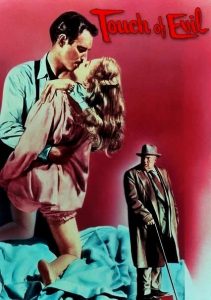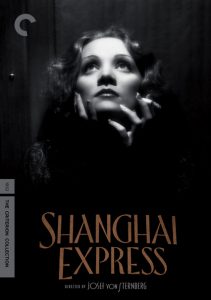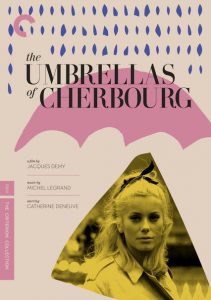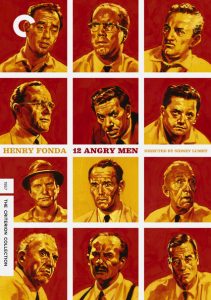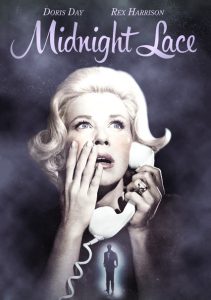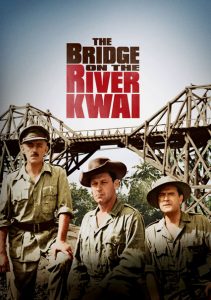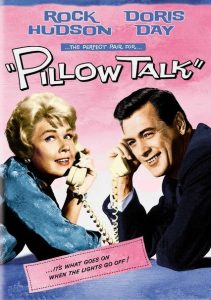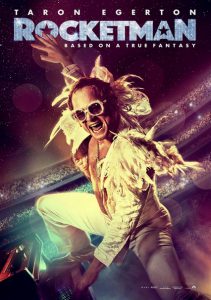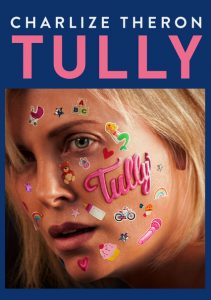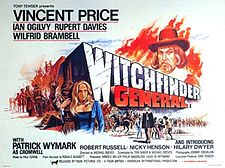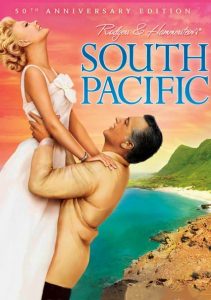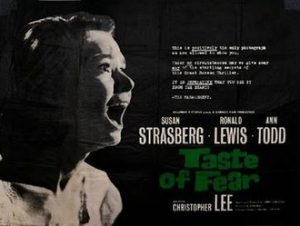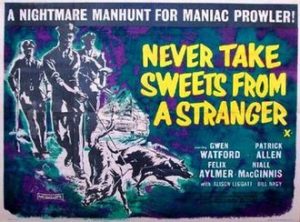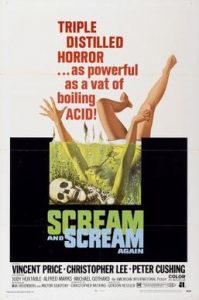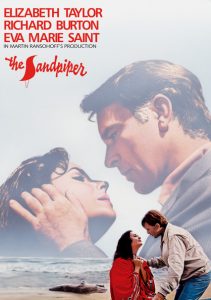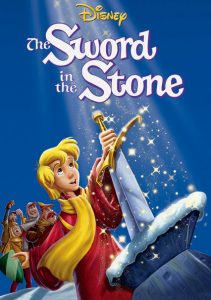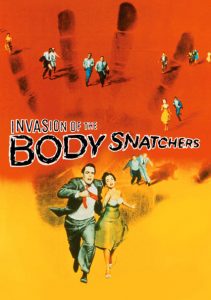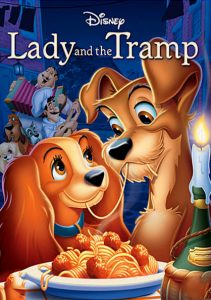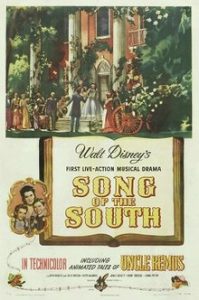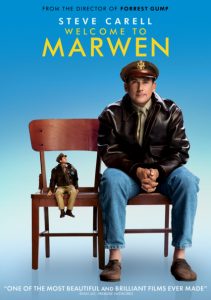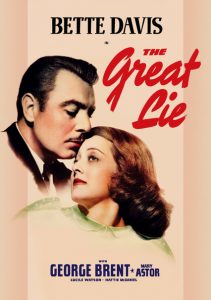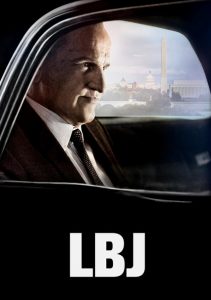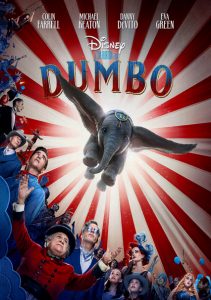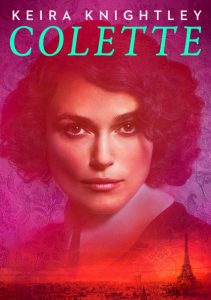Touch of Evil-1958
Director Orson Welles
Starring Charlton Heston, Janet Leigh
Scott’s Review #914
Reviewed July 2, 2019
Grade: A
Touch of Evil (1958) is a film noir directed by the legendary influential Hollywood director Orson Welles.
The film contains suspense, drama, and mystery but is to be mainly praised for visual treats to enhance the cinematic experience. The dark and foreboding thriller was revolutionary for the time of release and influenced many films of similar ilk in the years to come.
Robust and fraught with tension, the experience is marvelous and worthy of study for its many nuances.
Welles directs the work, stars in, and writes the screenplay, so his entire being is invested in the production and execution.
Known mainly for the legendary Citizen Kane (1940), a film that arguably changed the course of cinema with its direction and cinematography, Touch of Evil explores a different genre entirely. However, it keeps the excellent aspects of Welles’s loftier film intact, including the black-and-white element, resulting in a grand and dangerous crime-infused classic.
The screenplay was loosely based on the novel Badge of Evil by Whit Masterson.
The tension is ample from the onset as the humidity-drenched Mexico-United States border is the focal point. A car driven by a young couple is laced with a bomb and detonates as soon as they cross into U.S. territory.
In a hint of irony, Newlyweds Miguel “Mike” Vargas (Charlton Heston), a drug enforcement official in the Mexican government, and his wife Susie (Janet Leigh) pass the car several times on foot before the explosion.
An investigation ensues with the introduction of other characters, including Police Chief Pete Gould (Harry Shannon), District Attorney Adair (Ray Collins), and police captain Hank Quinlan (Welles), with a prime suspect being Sanchez, a young Mexican secretly married to the victim’s daughter.
Typical in the film noir genre, events are not what they seem like as layers of the plot slowly unravel. The heavyset and disheveled Captain nostalgically visits a brothel run by Tanya (Marlene Dietrich), who barely recognizes him because he’s gained so much weight since their last meeting.
Vargas forsakes his bride to spearhead the investigation but soon locks horns with corpulent Quinlan, and the duo begins to feud. Could Quinlan or Vargas have something to do with the car bombing, or could other supporting characters be behind or involved in the shenanigans?
This is an excellent part of Touch of Evil, as the film leaves the viewer guessing.
Heston and Leigh are the lead couple, and their chemistry is apparent from the first scene in which they appear together. Sexy and mysterious, she hunkers down in a dump fraught with peril while he attempts to solve the crime and keep his girl safe.
Outside factors play a significant role in keeping the lovers apart. Although Heston’s portrayal of a Mexican man is quite the stretch, the audience will nestle comfortably into the events as they reveal deeper layers.
Once a handsome man, Wells is not afraid to let it all hang out as the fat and racist Quinlan becomes one of the greatest and most complicated screen villains as his true colors emerge.
As the film’s title boldly suggests, does his character contain complexities that make him evil and keep some sympathies, or does he wreak havoc on all he touches with his devious nature only the tip of the iceberg?
Viewers await the final act to have several questions answered as motivations are finally revealed.
Touch of Evil (1958) provided delicious and pulsating material for filmmakers clever enough to study its intricacies, notably Roman Polanski for Chinatown (1974).
Nuggets were also thrown the way of Alfred Hitchcock, who got the idea for Leigh to appear in Psycho (1960) two years later, catapulting her character alone in a hotel peril and mixing in a weird hotel clerk.
The power the film had to hatch other great films from its ingenuity is the most fun part of watching it repeatedly.
